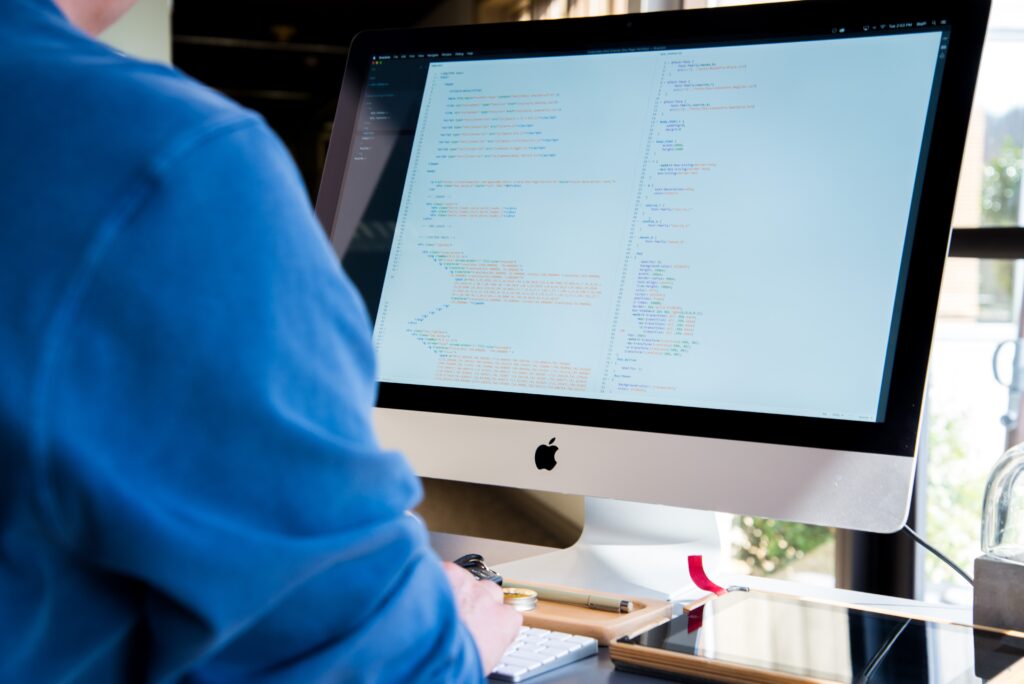How Long Is the Medical Billing and Coding Program

Becoming a medical biller and coder typically involves a time commitment ranging from one to three years. Acquiring a certification in medical billing and coding generally takes about one year, whereas pursuing an associate degree in the field may extend the timeframe to up to three years.
- How Long Is the Medical Billing and Coding Program
- What Does The Role Of A Medical Biller And Coder Entail?
- Is There A Distinct Difference Between Medical Billing And Medical Coding?
- What Are The Crucial Requirements For A Successful Career In Medical Billing And Coding?
- How long does it take to learn medical coding?
- Can I become a medical coder in 4 months?
- How hard is medical billing and coding?
What Does The Role Of A Medical Biller And Coder Entail?
Discover the pivotal responsibilities of Medical Billers and Coders in handling patient data, medical records, and insurance processes, ensuring timely and accurate compensation for healthcare services.
Is There A Distinct Difference Between Medical Billing And Medical Coding?
Uncover the nuances between the tasks of medical coders, who translate patient care into codes, and medical billers, responsible for creating claims based on coded information. Learn how professionals often adeptly handle both roles.
What Are The Crucial Requirements For A Successful Career In Medical Billing And Coding?
Explore the educational and certification prerequisites for entry-level positions in medical billing and coding, emphasizing the importance of a solid understanding of the Health Insurance Portability and Accountability Act (HIPAA).
How long does it take to learn medical coding?
The timeframe for acquiring proficiency in medical coding can vary based on the chosen training program and the goal of obtaining certification or a degree. Institutions offering billing and coding education range from for-profit programs to community colleges and vocational-technical schools. While certification is often a prerequisite for employment, it is not legally mandated.
Prerequisites for Training: Medical coders typically need at least a high school diploma, though many possess additional post-secondary qualifications or an associate degree. The role demands a foundational understanding of medical terminology, anatomy, physiology, and biology.
Various billing and coding schools may have distinct prerequisites, and prospective students are advised to consult with an advisor for clarification. Some college coding courses mandate prior knowledge, while others allow students to delve into these subjects during their coding studies.
College Coding Certificate Courses: Colleges provide coding programs both on-site and online. Accredited institutions offering medical coding and billing degrees can be found through platforms like Colleges and Degrees, ensuring the availability of programs in specific regions.
Hybrid programs, combining physical classes with virtual learning, are also offered. Typically lasting one year, class-based medical billing courses may be expedited by those adjusting their schedules or opting for online, self-paced learning. Classes often occur in the evenings, late afternoons, weekends, or over the summer.
AHIMA and AAPC Coding Training: The American Health Information Management Association (AHIMA) and the American Academy of Professional Coders (AAPC) serve as certification avenues for medical coders. AHIMA focuses on inpatient services, while AAPC certifies specialists in billing and coding for physician services and outpatient claims.
Both organizations provide training programs, such as AHIMA’s coding basics, a 12-class online course allowing self-paced completion in around 15 months. AAPC offers online courses spanning 80 clock hours, with a four-month window for completion.
Coding Apprenticeships: While securing a coding apprenticeship can be challenging, taking the Certified Professional Coder (CPC) exam enables earning the CPC-A designation, signifying an apprentice with less than two years of experience. Apprenticeships offer time to progress towards full certification through work experience or continuing education units (CEUs).
Certification Requirements: Becoming proficient in medical coding may not be time-consuming, but obtaining certification can extend the duration. Requirements for medical billing and coding certification vary by certifying organization. For example, AHIMA’s certified coding associate exam necessitates six months of coding experience or completion of an approved program of study.
Can I become a medical coder in 4 months?
While the specific structure of online medical coding curriculum programs may vary, the core courses offered are quite consistent across different institutions. Here’s an overview of typical courses found in these programs:
1. Anatomy Understanding the human body’s structure is fundamental to medical coding. Courses in anatomy provide essential knowledge about various body systems, organs, and their functions.
2. Pharmacology Medical coders need a grasp of pharmacology to accurately code prescriptions and understand the impact of medications on medical procedures. Pharmacology courses cover drug classifications, interactions, and their relevance to coding.
3. Medical Office Procedures This course delves into the operational aspects of a medical office, equipping students with knowledge about administrative procedures, patient interaction, and overall office management.
4. Medical Records A crucial aspect of medical coding involves interpreting and navigating through medical records. This course focuses on the principles of maintaining, organizing, and retrieving patient information from medical records.
Online self-study programs for medical coding provide a flexible learning environment, allowing you to create a study schedule that fits your availability. These programs offer the convenience of studying from home, eliminating the need for physical attendance and often presenting a more cost-effective option.
The duration to become a certified medical coder can range from as little as four months to up to fifteen months, depending on the specific program and individual pace. These courses aim to prepare you for certification exams leading to various credentials:
- Certified Professional Coder (CPC): Issued by the American Academy of Professional Coders.
- Certified Coding Associate (CCA): Issued by the American Health Information Management Association.
- Certified Coding Specialist (CCS): Issued by the American Health Information Management Association.
- Certified Coding Specialist: Physician-based: Issued by the American Health Information Management Association.
These credentials signify your proficiency in medical coding and enhance your credibility in the field.
How hard is medical billing and coding?
Mastering medical billing and coding may pose challenges, yet it is entirely achievable, demanding dedication and a structured educational path.
Similar to various professions in healthcare, pursuing a career as a medical biller and coder necessitates education and training, implying a significant commitment of effort. Instant expertise in medical coding and billing is unrealistic, given the intricate codes and classification systems integral to success. Proficiency with specialized software for coding records and billing patients is crucial.
For those with a passion for learning, grasping the intricacies of medical billing and coding might unfold effortlessly. With adequate training and hands-on experience, one can potentially become an adept professional in a matter of months. At Goodwin University, the medical billing and coding certificate program stands out, enabling students to undergo comprehensive training, secure certification, and enter the workforce in less than 18 months—surpassing other programs in speed. The program ensures proficiency in various aspects, including:
- Processing medical insurance claims
- Analyzing medical reports and patient data
- Accurate coding of medical procedures and diagnoses, incorporating knowledge of CPT-4, ICD-10-CM, and HCPCS
- Recording co-payments, deductibles, co-insurance, and risk withholds
- Adhering to HIPAA regulations
- Establishing effective communication within the broader healthcare team
Industry experts at Goodwin guide students through the program, sharing their passion for medical billing and coding. Despite the challenges inherent in this field, job satisfaction is prevalent. According to U.S. News, medical records technicians, encompassing billers and coders, rank #7 among the top 30 healthcare support jobs. This profession is noted for a robust work-life balance, offering above-average flexibility. Many in this field can even work remotely, contributing to a more accommodating daily routine. Stress levels for medical billers and coders, gauged by the complexity of their tasks, were rated below average in the same survey, further affirming the rewarding nature of this profession.





